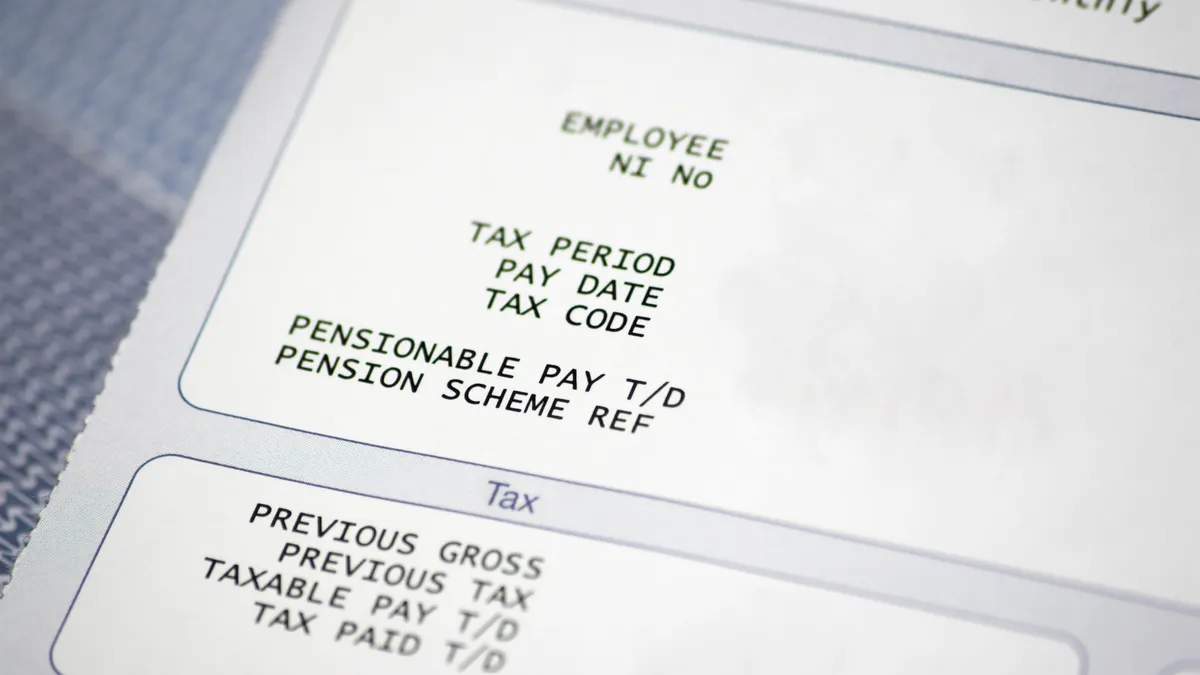Editor's note: The following is a contributed piece by Natalie Lambert, vice president of marketing at Sapho, an employee experience platform provider.
An irresistible product or a bulletproof business model is no longer enough to sustain business growth in today’s fast-paced economy. Companies need a competitive edge — and the best way to achieve it is to assemble a top-notch team to execute on a vision and run autonomously.
For many organizations, people remain the only source of long-term competitive advantage. According to one study, companies that invested enough in employees to earn a place on the "100 Best Places to Work" list outperformed the S&P 500 in eight out of 10 years. Because employee performance directly affects business success, it clearly pays to invest in your people.
Technology can help companies hone their competitive edge by creating an employee experience that not only motivates and engages employees, but also enhances their performance. With the right tools, business leaders can boost employee productivity, eliminate roadblocks and bottlenecks, and create an ongoing feedback loop that motivates employees to continuously strive to improve.
They have to be the right tools though — not too complicated, not too numerous and not solutions that only temporarily alleviate problems employees struggle with at work.
Here are three ways enterprise technology can be used to improve employee experience:
#1: Enable the democratization of information
Today’s organizations collect an incredible amount of data. But in too many companies, valuable information remains in the hands of only a select few. Overly complicated and hard-to-use enterprise systems can make it difficult for employees to access information — and, they often need to ask others to get what they need and help them make sense of it. Unfortunately, relying on these gatekeepers can create bottlenecks that obstruct agile decision-making.
The right technology can unlock access to information and data for all employees, enabling them to bypass clunky interfaces and proactively deliver relevant insights that are easy to understand and apply. When the entire workforce has information at their fingertips, they can make better data-driven decisions and uncover new opportunities for business growth. "The goal is to have anybody use data at any time to make decisions with no barriers to access or understanding," said business author and Forbes contributor Bernard Marr.
#2: Deliver personalized information at the right time
When it comes to providing employees with information that enables them to thrive in their positions, more isn’t always better. What employees really need is the right information — in other words, information that directly applies to their jobs. Each role within the company has different data needs and sifting through a flood of unnecessary information wastes valuable time employees could use to make a difference within the company.
Implementing solutions that leverage technologies, such as automation and machine learning, allows companies to deliver tasks and information to employees that are relevant to the work they do. Enterprises that build personalization into the user experience create better employee experiences that don’t require any additional effort from the employees themselves. Instead of taking a one-size-fits-all approach, companies can take advantages of new solutions that have learned from consumer tools like Facebook and deliver a personalized work feed, which surfaces aggregated views of tasks and information from existing systems based on what matters most to each individual. When information is personalized and employee-centric, employees feel empowered to do their best work, which in turn delivers better business results.
#3: Focus on the individual employee to foster success
Most employees want to get better at their jobs. Yet many organizations struggle to effectively support and provide employees with everything they need to adapt their skill sets and perform well. Traditional performance management practices don’t encourage the development of good work habits and skills or deliver the immediate reinforcement of positive behaviors that motivate employees to peak performance. In addition, managers and HR teams often struggle to get a full picture of an employee, spending more time collecting information than they do providing valuable feedback.
In today’s fluid working environment, organizations need to have business tools at their disposal that help provide better visibility for managers and facilitate immediate feedback loops for employees.
Business leaders at Workday define performance enablement as "an evolution of the traditional performance management process that stresses regular, ongoing feedback, and takes an employee-centric approach to helping our people thrive." When supervisors are provided with timely performance insights, it’s easier for them to deliver consistent, tailored feedback. At the same time, employees also benefit from technology that allows them to track and analyze their own performance and provides customized learning experiences that ensure they achieve their potential.
By equipping their workforce with the right technology, business leaders can deliver an employee experience that drives employee productivity, improves satisfaction and reinforces a constructive workplace culture — all of which will help hone your company’s competitive edge.




















